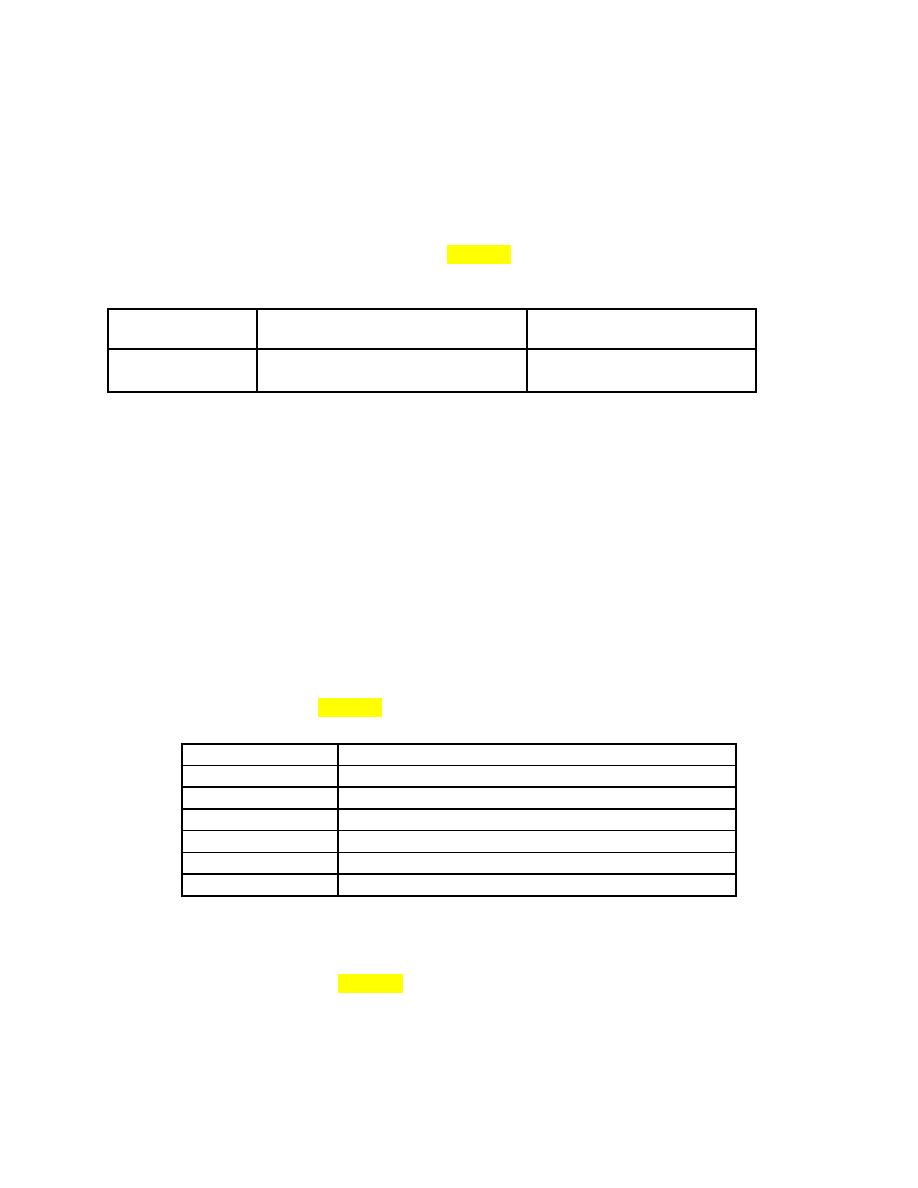
CEMP-E
TI 850-02
AFMAN 32-1125(I)
1 MARCH 2000
3. ROUTE PROFILE AND TRANSITIONS BETWEEN GRADES.
a. Profile and Grade Length. A route's profile is characterized by the steepness of grades and changes
in grade along the route. Train operations are enhanced by avoiding frequent changes between
ascending and descending grades (a rolling profile). Route design and construction are often simplified
by avoiding frequent changes in grade steepness. Table 3-2 shows recommended minimum grade
lengths.
Table 3-2. Recommended Minimum Grade Lengths
Between Different Ascending or
Between Ascending and
Maximum Speed
Descending Grades
Descending Grades
15 MPH or Less
500 Feet
1000 Feet
Above 15 MPH
1000 Feet
1500 Feet
b. Transitions between Grades.
(1) Transitions between grades are made with vertical curves. These transitions are necessary for
smooth train operation, but they increase the amount of surveying and staking required and are more
difficult to construct than uniform grades.
(2) Design guidance for grade transitions is given in paragraph 2b of chapter 7.
4. CURVATURE, CURVE RESISTANCE, AND EFFECTIVE GRADE.
a. Minimizing Curvature. In general, sharper curves require more maintenance than gradual curves;
they experience more rail side wear and gage widening. They also create more propulsion resistance.
Thus, long term benefits are gained by minimizing curvature in a route.
b. Curve Design Categories. Table 3-3 shows curve design categories for main running tracks.
Table 3-3. Curve Design Categories for Main Running Tracks
Degree of Curve
Design Category
0-3
Gradual.
3-6
Moderate.
4
Preferred limit, especially where speeds will exceed 15 MPH.
6-8
Sharp.
8
Maximum allowable where speeds may exceed 10 MPH.
10
Maximum allowable where speeds will not exceed 10 MPH.
c. Combining Curves. When designing a route, changes in direction should be accomplished as
uniformly as possible, avoiding a series of curves connected by short tangents. Where the distance
between adjacent curves (of the same direction) is less than 300 ft, try to combine the two curves into one
long curve of smaller degree (see figure 3-1). Combining closely spaced curves usually provides
advantages of less design work, easier construction, and reduced long-term track maintenance.
3-2



 Previous Page
Previous Page
